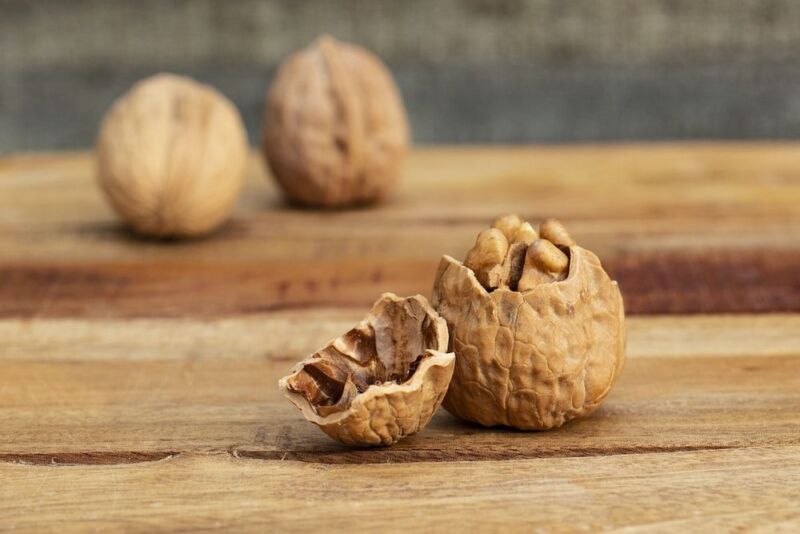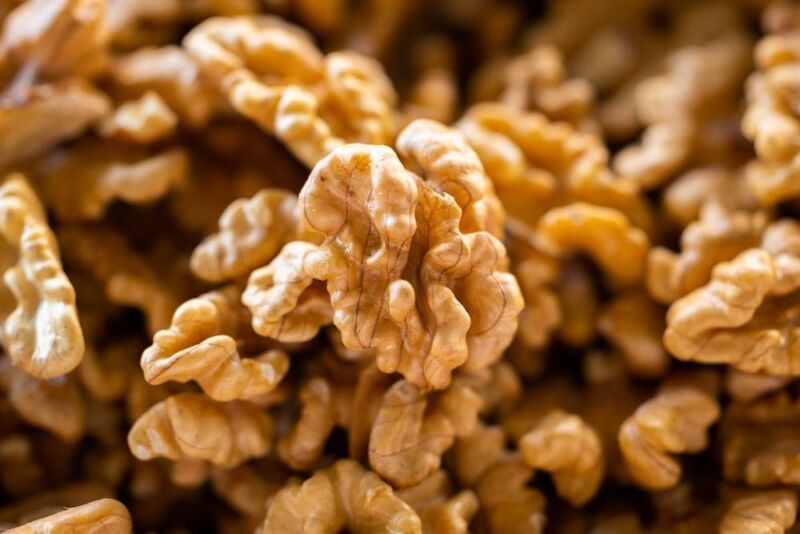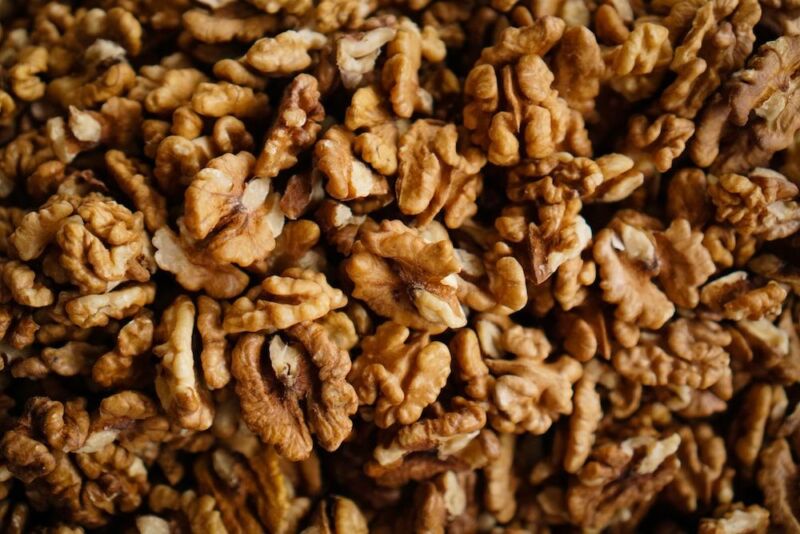Can You Freeze Walnuts?
Walnuts are a beloved snack and ingredient known for their rich, slightly sweet flavor. As the edible seeds of trees in the genus Juglans, walnuts are valued both for their taste and nutritional content. With their popularity, many people buy walnuts in bulk for long-term storage. This leads to the common question: can you freeze walnuts to extend their shelf life?
Freezing offers a convenient way to prevent walnuts from spoiling over long periods. By storing walnuts at freezing temperatures, their quality and fresh flavor can be maintained for up to two years. This article will explain proper methods for freezing walnuts and identify signs of freezer burn. Read on to learn how freezing enables you to enjoy walnuts while retaining their signature crunch and nutty taste.
Why Proper Storage Matters for Walnuts
First, it helps to understand why walnuts require special storage conditions. Walnuts consist of delicate oils that can oxidize and become rancid when exposed to heat, light, and air. Over time, oxidation causes walnuts to develop an unpleasant bitter taste and soft texture.
To prevent spoilage, walnuts should be stored in cool, dry, and dark conditions. Temperatures between 32°F and 45°F are ideal for maintaining freshness. Proper insulation from air and sunlight also helps inhibit microbial growth and oxidation.
When shopping for walnuts, inspect for signs of spoilage like mold, moisture, or rancid odors. Only purchase amounts that can be consumed within a 2-3 month period when stored at room temperature. For long-term storage or buying in bulk, consider refrigeration and freezing.
Storing Walnuts at Room Temperature

If freezing is not an option, walnuts can be stored at room temperature using certain guidelines:
- Leave walnuts in their shells – The shell provides natural protection against air, light, and pests. Shelled walnuts spoil faster.
- Use airtight containers – Storage in airtight glass, plastic, or metal containers prevents oxygen exposure.
- Find a cool, dry place – Store containers away from heat vents, windows, and direct sunlight which can accelerate spoilage.
- Limit temperature fluctuations – Changes between warm and cool temperatures hasten degradation. Maintain consistent mild temperatures.
- Check frequently for signs of spoilage – Discard any walnuts showing moisture, mold, odd textures, or rancid smells.
Stored properly at room temperature, walnuts can last 2-3 months before quality loss occurs. Refrigeration or freezing is recommended for longer storage.
Refrigerating Walnuts
Refrigerating walnuts at temperatures between 32°F and 40°F enhances their shelf life significantly. To refrigerate walnuts properly:
- Store walnuts in airtight containers to limit air exposure. Glass jars, plastic containers, or resealable bags work well.
- Eliminate extra space in containers – Excess air can lead to freezer burn. Compress walnuts into containers.
- Use vacuum sealing bags – Vacuum sealing removes oxygen and prevents freezer burn. Reseal after opening.
- Avoid refrigerator crisper drawers – The higher humidity can cause walnuts to become soggy. Use upper shelves instead.
- Check frequently for degradation – Refrigerated walnuts may last 6-12 months. Discard any with off smells, textures, or appearance.
With ideal conditions, refrigeration can extend the shelf life of walnuts significantly compared to room temperature storage. Freezing offers even longer freshness.
Benefits of Freezing Walnuts

Freezing is the optimal method for long-term walnut storage. At constant temperatures of 0°F or below, the oils in walnuts remain stable and protected from oxidization.
Key benefits of freezing walnuts include:
- Dramatically extended shelf life – Properly frozen, walnuts can last up to 2 years before losing quality.
- Prevention of microbial growth – Freezing temperatures inhibit mold, bacteria, and other pathogens.
- Retention of texture – Frozen walnuts maintain their signature crunch when thawed.
- Protection of flavor – Frozen walnuts do not take on freezer burn flavors when sealed from air exposure.
- Easy long-term storage – Freezer space allows stocking up on bulk walnut purchases.
Freezing enables walnut lovers to buy large quantities while preserving taste, nutrition, and texture for prolonged periods.
How to Freeze Walnuts
Freezing walnuts properly requires a few simple supplies and steps:
Supplies Needed
- Airtight containers or freezer bags
- Aluminum foil or plastic wrap
- Permanent marker for dating
- Freezer with temperature at 0°F or below
Steps for Freezing
- Start with raw shelled walnuts. In-shell walnuts are difficult to crack when frozen.
- Inspect walnuts and discard any with signs of mold, moisture, or rancidity.
- Wrap walnuts tightly in aluminum foil or plastic wrap to block air exposure.
- Place foil-wrapped walnuts in airtight containers or sealable freezer bags. Squeeze out excess air.
- Label containers with contents and freeze-by date.
- Place walnuts in the freezer at a temperature of 0°F or below.
- Store for up to 2 years before quality loss occurs.
Properly stored in the freezer, walnuts will retain their signature crunch, nutty flavor, and nutrition for extended periods.
Identifying Freezer Burn in Walnuts

Although rare when stored properly, walnuts can develop freezer burn if exposed to air in the freezer. Freezer burn appears as dried out patches or icy crystals on the surface of the nut or shell. It occurs when walnuts lose moisture due to air contact.
Signs of freezer burn in walnuts include:
- White or gray spots on the surface
- A dry, leathery skin or shell
- Frosty icy patches or crystals
- Shriveling or indented texture
While freezer burn alters texture and appearance, it does not make walnuts unsafe to eat. Unless accompanied by foul odors or obvious mold, freezer-burned walnuts can be used in cooked dishes or baked goods to offset the changes in flavor and crunch. Prevent it entirely by sealing walnuts in airtight packaging before freezing.
Storing Walnuts After Freezing
To retain quality after freezing, follow proper storage steps:
- When taking walnuts out of the freezer, only thaw the desired portion. Leave the remainder frozen.
- After thawing frozen walnuts, do not refreeze any leftovers. Refreezing causes greater texture and flavor loss.
- Keep thawed walnuts refrigerated in airtight containers and use within 2-3 days for best quality.
- When freezing for prolonged periods, inspect walnuts occasionally for any signs of freezer burn. Discard affected walnuts.
- For optimal freshness and shelf life, store walnuts for no more than 2 years in the freezer.
Conclusion
Freezing offers the best method for long-term walnut storage. When frozen properly in airtight packaging at 0°F, walnuts can last up to 2 years without sacrificing their signature crunch and nutty flavor. Freezing prevents rancidity and spoilage so walnut lovers can always enjoy this healthy, versatile nut. Just remember to limit freezer time to 2 years for best quality.






